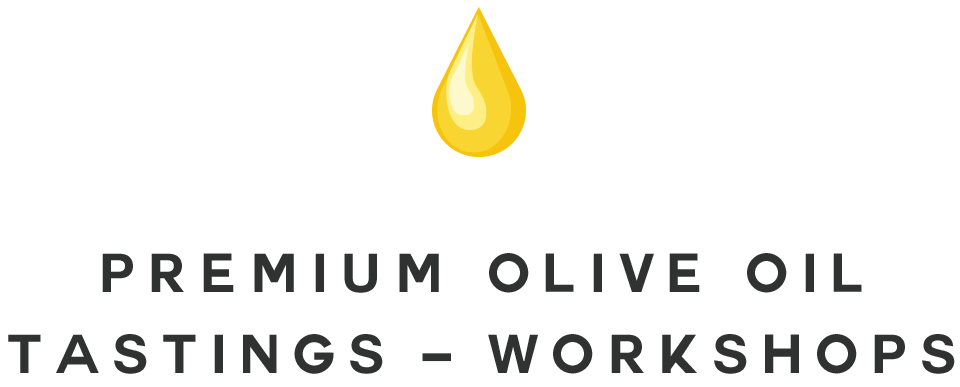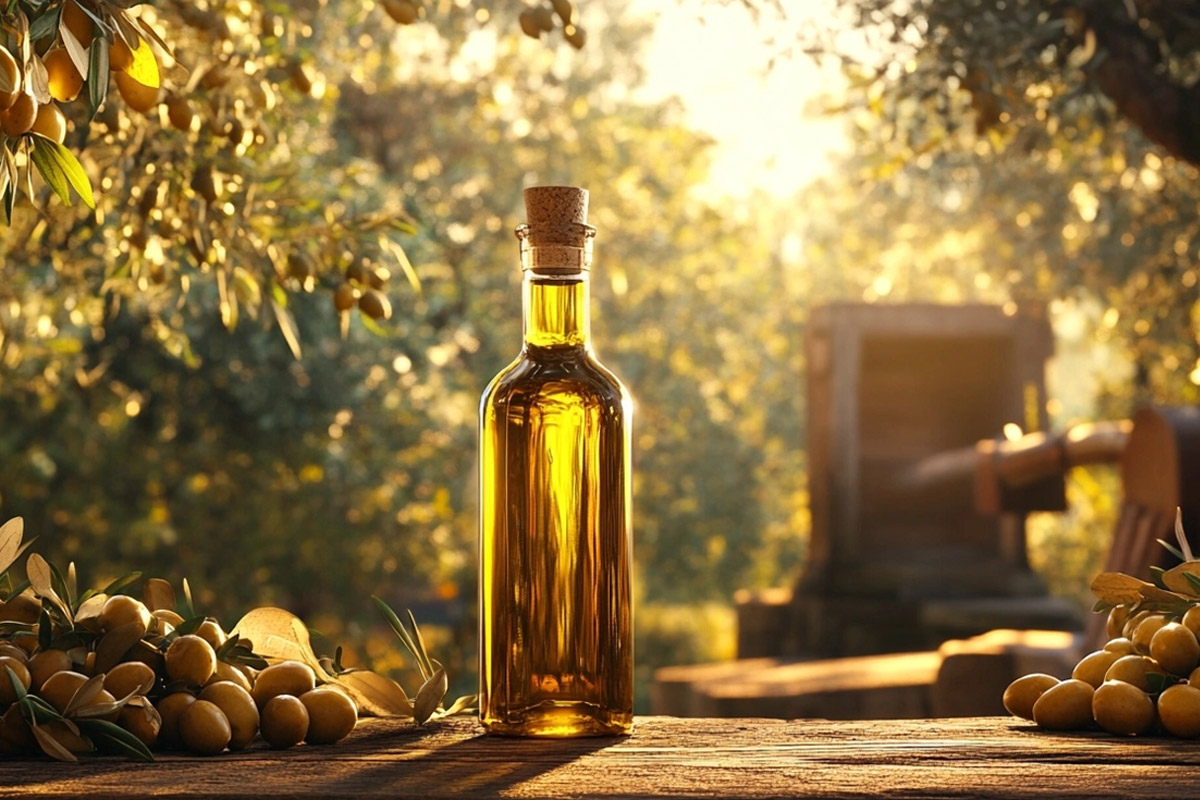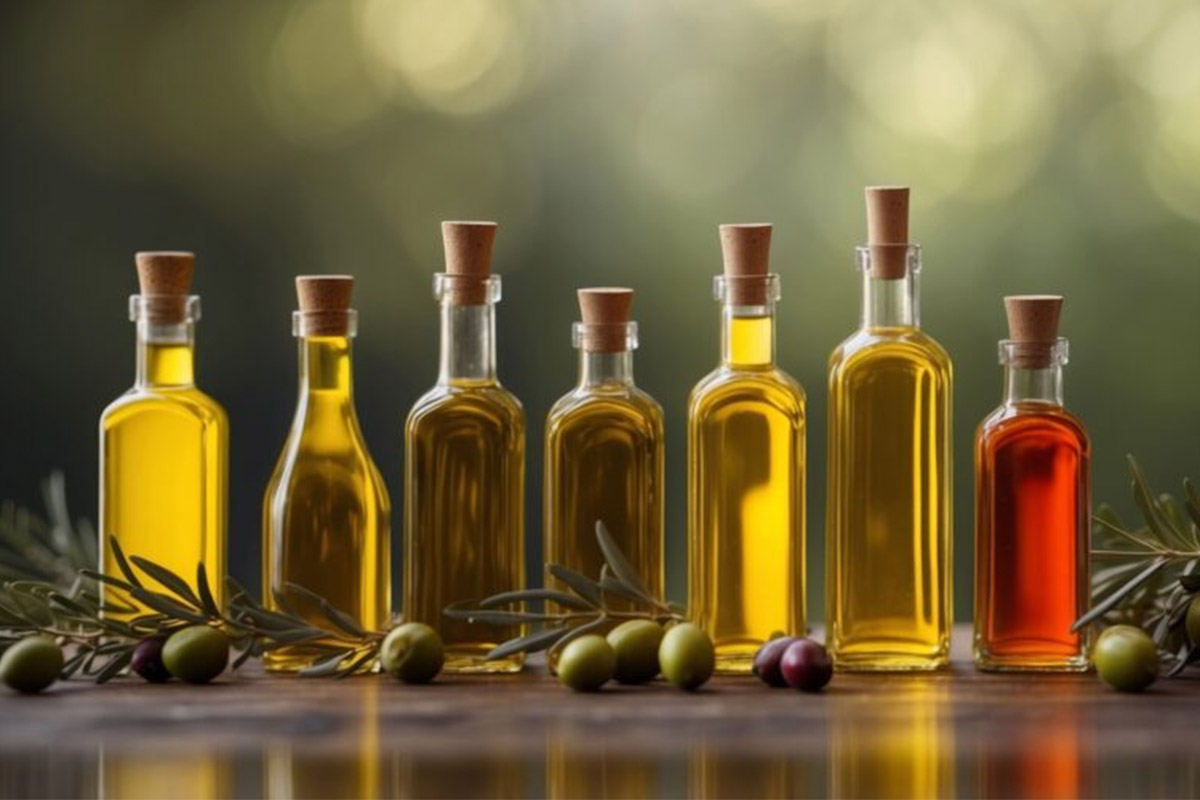
Always Opt for Extra Virgin Olive Oil
Extra virgin olive oil is the highest quality, but some supermarket brands may be mislabeled or not truly meet extra virgin standards. Even so, a mislabeled extra virgin olive oil is still a better choice than lower-quality options like “pure” or “lite” olive oils or vegetable oils. To avoid mislabeling issues, buy your olive oil from a trusted and reputable source.
Check the Harvest Date
Look for the harvest date on the bottle and ensure it’s from within the past year. Olive oil is typically harvested between October and December. For example, if you’re shopping in April 2024, an olive oil harvested in Fall 2023 is still considered fresh. Many imported olive oils list dates in the European format (DD/MM/YYYY), so 4/10/2023 means October 4, 2023—not April 10, 2023.
Verify Storage Conditions
Proper storage is critical for preserving the quality of extra virgin olive oil. Heat and strong light can degrade even the best olive oils. When buying olive oil, check if it’s stored in a cool, dark area at your supermarket or grocery store. Avoid oils displayed under harsh lighting or in warm conditions.
Buy From a Trusted Source
While only chemical analysis can confirm if an olive oil is truly “extra virgin,” reputable producers and merchants are your best bet. Stick to brands or producers known for their quality and transparency.
If you prefer culinary variety, choose a trusted merchant offering a wide range of high-quality extra virgin olive oils. Make sure they properly store their oils to prevent damage during shipping, as months may pass between harvest, bottling, and when the oil reaches you.
Key Takeaway: Always prioritize extra virgin olive oil, check harvest dates, and buy from reliable sources that store their oils in optimal conditions. Doing so ensures you enjoy fresh, high-quality olive oil with rich flavor and maximum health benefits.






